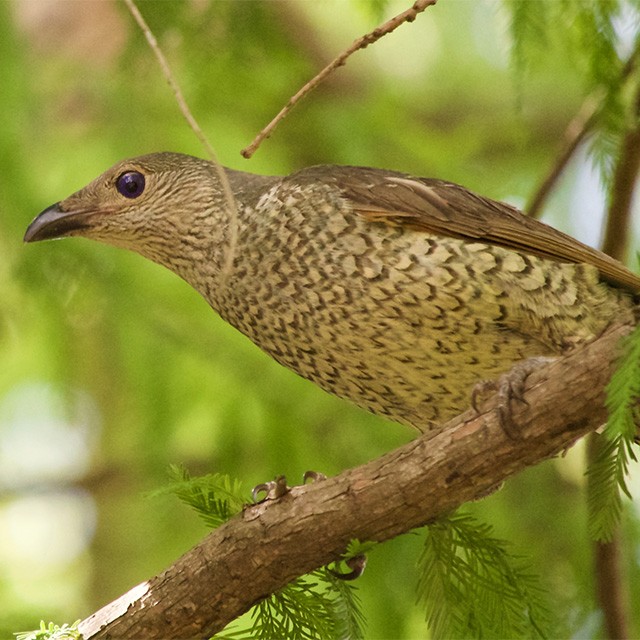Bird species across the globe are suffering and dying from a type of malaria and while these strains are not infectious to humans, they’re spreading quickly through global transmission hotspots.

An international team, including The University of Queensland’s Dr Nicholas Clark, has been conducting research to understand where and why the disease has been spreading so rapidly.
“Avian malaria now affects somewhere between 13 and 14 per cent – on average – of all wild birds worldwide,” Dr Clark said.
“It’s caused by a group of blood parasites – known as haemosporidian parasites – and much like human malaria, is transmitted via blood-feeding insects like mosquitos.
“It can’t harm humans but is known to have significant impacts on bird populations."
For example, when avian malaria was introduced into Hawaii in the late 1800s to early 1900s, it was one of the major causes of extinction of about one-third of the 55 known species of Hawaiian honeycreepers.
Dr Konstans Wells, who leads the Biodiversity and Health Ecology research group at Swansea University, said predicting which conditions facilitate the infection of wild birds with avian malaria is crucial for understanding infectious disease hazards.



